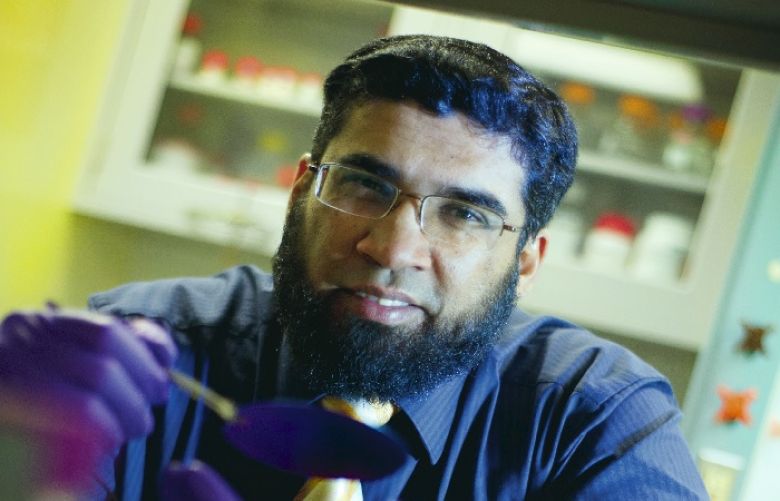A Pakistani electrical engineer based in the United States has developed a device that helps in detecting cancer early, which is one of the biggest factors in successfully fighting the fatal disease.
Samir Iqbal, an associate professor in the Electrical Engineering Department at the University of Texas at Arlington (UTA), detailed his team’s results in a recent Nature Scientific Reports paper called “Effects of Nanotexture on Electrical Profiling of Single Tumor Cell and Detection of Cancer from Blood in Microfluidic Channels.”
Iqbal completed his bachelor’s in electrical engineering from NED University of Engineering and Technology, Karachi. He went on to pursue his postgraduate studies in the US, where he completed his PhD from the University of Purdue in 2007.
Since then, Iqbal has been with the UTA and has received nearly $1.4 million in grants since his arrival.
His device studies the behaviour of cells in real time, using nanotextured walls. Iqbal said his team noted the many layers of tissue in the human body and decided to develop something that would mimic that layering.
“The answer was in creating a nanotextured wall that fools blood samples into thinking it is actual tissue,” Iqbal said.
“We used inherent properties of the cell walls to create a diagnostic tool. The cancer cells behave differently as they come into contact with the nanotextured walls. They dance.”
Identifying those “dancing cells” will help doctors pinpoint cancer cells and start treatment earlier than allowed with current technology.
“Discovering the cancer earlier, before it metastasizes, is essential to surviving cancer,” Iqbal said. “Our device has the potential to do that.”

